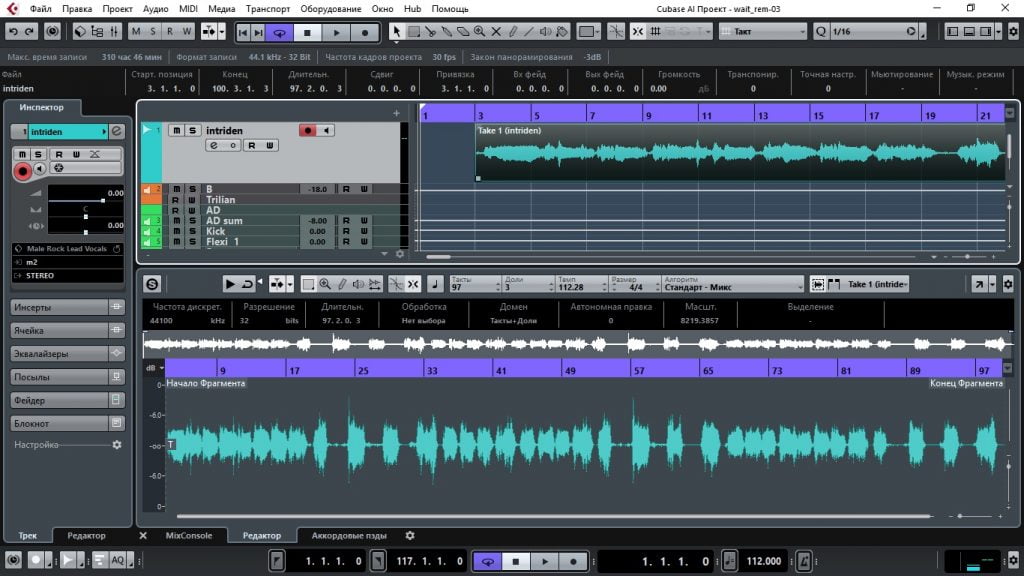Cubase 10 How To Install Vst Plugins
| How to run Sylenth1 in Cubase |
| If you're using the 64-bit version of Cubase, make sure you install only the 64-bit version of Sylenth1. Use the 32-bit version of Sylenth1 only if you're using the 32-bit version of Cubase. In order to properly load and register Sylenth1, open Cubase in 'Administrator Mode'. To do so, right-click Cubase and choose 'Run as Administrator' and click 'Yes'. When Cubase opens, select 'Devices' in the menu bar and choose 'Plug-in Information'. On the 'Plug-in Information' screen click the 'VST 2.X Plug-in Paths' button. Make sure the VSTPlugins folder where you installed Sylenth1 is included. If not, click 'Add' and select the VST folder where Sylenth1 is located. After that close both screens. Now click 'Project' in the menu bar and select 'Add Track' > 'Instrument'. On the window that pops up click the 'No VST Instrument' bar and select 'Sylenth1' to add it. That's it! The full version of Sylenth1 will ask you to activate Sylenth1 when it's started for the first time. Click here to find out how to activate Sylenth1. Back |
Mastering voices in Cubase 5 + download all vst plugins free - YouTube Over 90 Free VST Effects Plugins - Music & Audio. Audio How to Process Vocals. If you encounter some difficulties to install a VST plugin, read the guide! There are many VST hosts. While most known DAW (Digital Audio Workstation) are paying (Fl Studio, Ableton Live, Cubase), but you can find free ones. 00:42 - Zip Extraction. 01:40 - VST Installation. 06:13 - Scanning for plugins in Cubase. 08:00 - Plugins not showing as inserts? How to install VST plug-ins Here is all what you need to install VST plugins on your machine Read first! VST plugins are not standalone softwares. They need a 'host' in order to be managed and to communicate from one plugin to another. The best known of VST hosts is 'Cubase' from Steinberg, but if you want to use a free one, you can download it. Re: How do i install VST Plugins? Go to Plug-in Manager on the Devices menu. Steinberg Cubase Pro 10.0.4 WIN Cubase Pro 10 is one of the most powerful music creation software packages in the world. With its unrivaled range of flexible tools, you can create any kind of music quickly and intuitively. It comes packed with a wide range of virtual instruments, effects and thousands of sounds. How to install VST plug-ins Here is all what you need to install VST plugins on your machine Read first! VST plugins are not standalone softwares. They need a 'host' in order to be managed and to communicate from one plugin to another. The best known of VST hosts is 'Cubase' from Steinberg, but if you want to use a free one, you can download it.
Cubase is one of the most powerful music creation software packages in the world. With its unrivaled range of flexible tools, you can create any kind of music quickly and intuitively. It comes packed with a wide range of virtual instruments, effects and thousands of sounds. Whether you’re a professional composer or a music production beginner, Cubase provides you with everything you need for turning your ideas into music.
Installing and Managing VST Plug-ins
Cubase supports the VST 2 and VST 3 plug-in standards. You can install effects and instruments that comply with these formats.

Note
Cubase only supports 64-bit plug-ins.
A plug-in is a piece of software that adds a specific functionality to Cubase. The audio effects and instruments that are used in Cubase are VST plug-ins.
VST effect or VST instrument plug-ins normally have their own installation application. Read the documentation or readme files before installing new plug-ins.
When you scan for newly installed plug-ins or relaunch Cubase, the new plug-ins are shown on the VST effect or VST instrument selectors, respectively. /vst-plugin-how-to-find-damaged-audio.html.
Cubase comes with a number of effect plug-ins included. These effects and their parameters are described in the separate document “Plug-in Reference”.
VST / VST3 plug-ins locations on Windows x86 and x64
The following chart includes common VST / VST3 paths. /pink-noise-vst-free.html. Depending on your DAW/VST host program, these folders are the default VST2 / VST3 x64 folders for example in Cubase and Nuendo:
Format | Path | Extension |
VST2 X86 VST2 x64 VST3 x64 | C:Program Files (x86)VSTPlugins C:Program Files (x86)SteinbergVSTPlugins C:Program Files (x86)Common FilesVST2 C:Program Files (x86)Common FilesSteinbergVST2 C:Program FilesVSTPlugins C:Program FilesCommon FilesVST3 | .dll .dll .vst3 |
ü Relocating plug-ins: if you really need to change the installation path of a VST /VST3 plug-in, also remember that your DAW / host application must know the new installation path.
Cubase 10 How To Install Vst Plugins Pro
ü To use a custom VST / VST3 Plugins folder go to the Options / Preferences / Settings of your DAW / host program in order to assign it.
How To Install Vst Plugins Cubase 10
ü If an installed VST plug-in is not available, check if the installation path is actually monitored by your DAW (VST2 or VST3) host application.